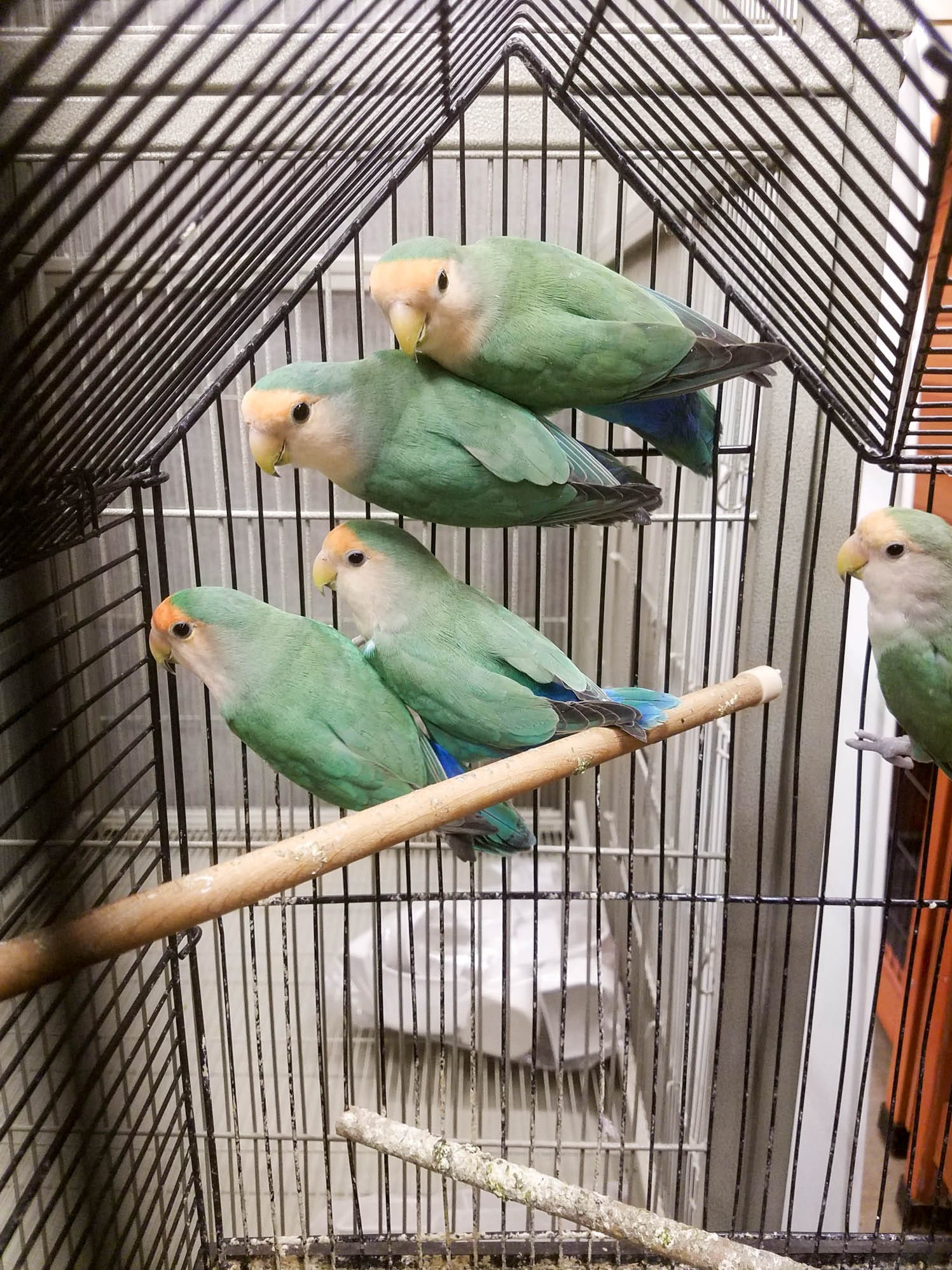


Bird is in the mouth of a dog or cat or caught in a fence: Extricate the bird as carefully and quickly as you can.
#ANIMAL RESCUE BIRDS HOW TO#
Here’s how to catch a bird in different situations: There are a great many situations in which you may find an injured bird. If you have determined that an adult bird needs rescuing, follow the instructions below for catching and transporting the bird to a wildlife rehabilitator. Only a licensed wildlife rehabilitator has the special equipment and skills to provide the injured bird with proper care. In most cases, the chances of the bird surviving and being released back to the wild are almost non-existent. Don’t ever try to care for the bird yourself.

Important: For the bird to have the best chance of recovery and release, you must contact a rehabilitator right away and transport the songbird there immediately. How to find a licensed wildlife rehabilitator The bird is either sick or injured and must be taken right away to a licensed wildlife rehabilitator. Injured bird rescueĪny songbird you find on the ground who is an adult, rather than a fledgling, and who does not immediately fly away from you is in need of help. During the spring, summer and early fall months, many young birds just leaving the nest for the first time are found on the ground by people. If you have found a songbird who appears to be a baby (e.g., seems young and healthy but is not flying), please see “ Baby Bird Rescue.” Even if a wild bird you have found appears to be an adult, it’s possible that the bird is in fact a fledgling (a young bird who has only recently acquired his flight feathers). Is the bird an adult, a baby or a fledgling?


 0 kommentar(er)
0 kommentar(er)
